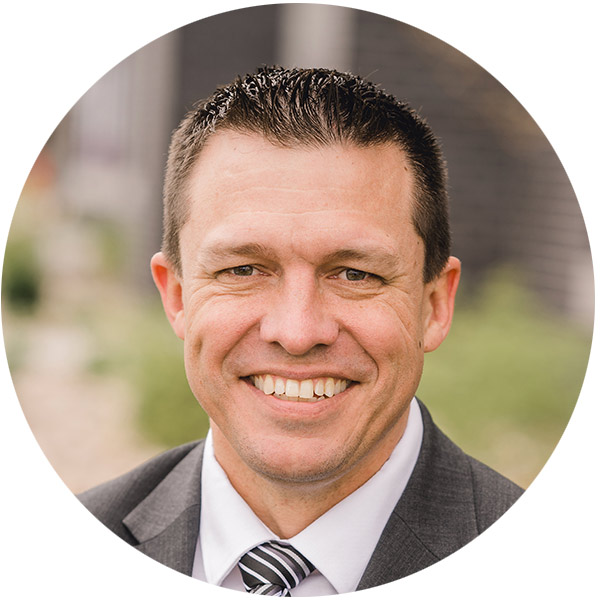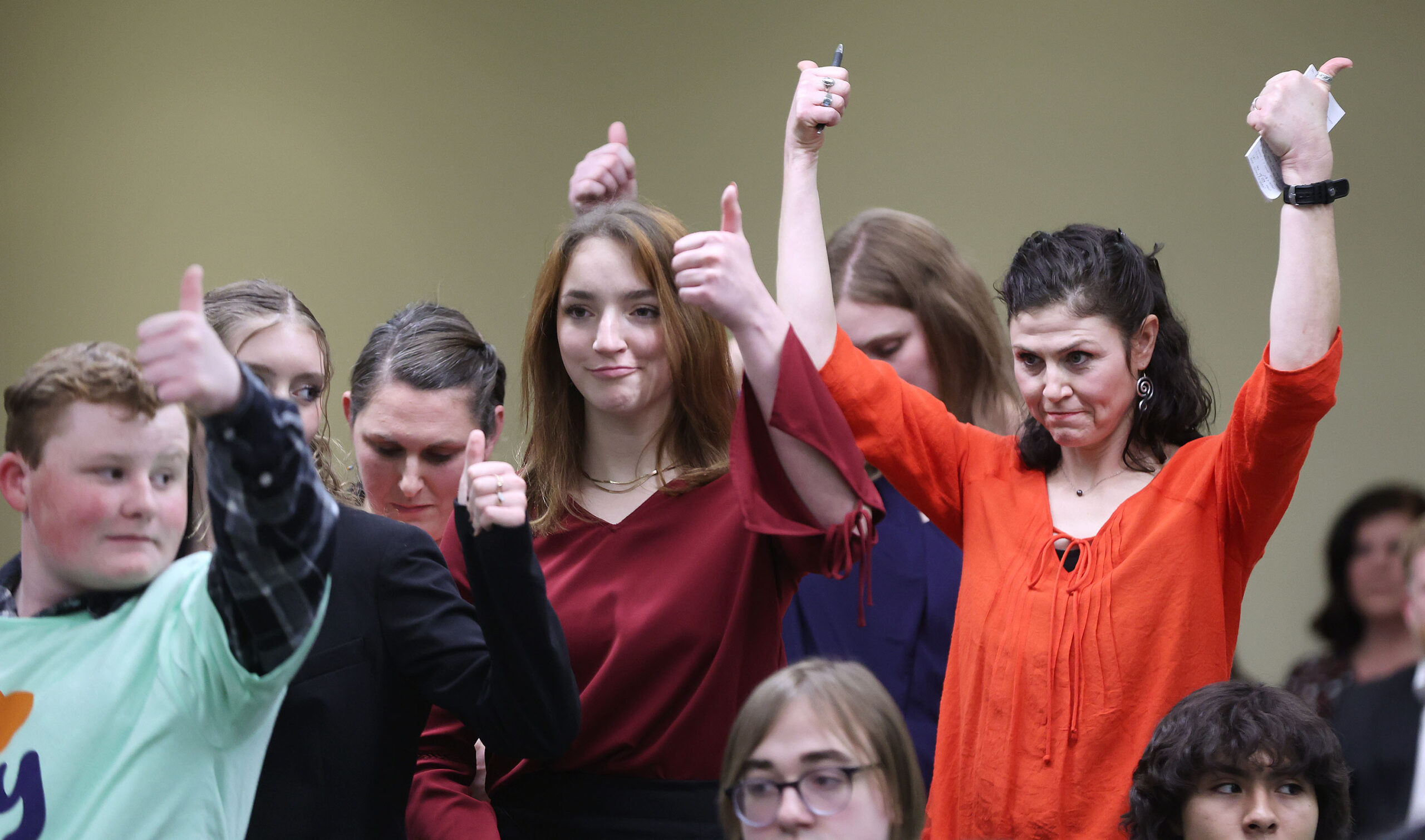Tell me if this makes sense. Utah has a chronic absenteeism rate of 20 percent (chronically absent means a student misses 10 percent or more school days in a year). To solve this problem, the Utah State Board of Education thinks we should offer more school. The culprit in this case is full-day kindergarten.
Yes, the education department’s solution for children not coming to school is to give them (drumroll please) more school (ta-da!).
The irony of the situation is that schools spent the last three years telling everyone to stay home from school if they are, or even might be, sick. Now some people in the education system are upset that students are not coming to school as much as they used to.
I was recently part of the truancy and absenteeism advisory committee for the Utah legislature. The full-day kindergarten proposal was part of those discussions. The following question was asked, but never answered: Is there evidence that full-day kindergarten reduces absenteeism for kindergarten students?
I haven’t seen any.
I taught in schools with full-day kindergarten, and they still had a number of students who were chronically absent. I didn’t pay attention to the numbers then, but it happened often enough that it came up in conversations with colleagues multiple times a year.
Here is some evidence that wasn’t considered when we discussed full-day kindergarten in the advisory committee. Full-day kindergarten may actually be harmful to some students. There is evidence that students who attend full-day kindergarten have a higher rate of behavioral problems.
Jake Miller found that students who begin school at a younger age are more likely to be diagnosed with ADHD.
One benefit that is often touted in support of full-day kindergarten is the academic success in those classrooms. Yes, full-day kindergarten students do, on average, perform better on academic assessments than those who only attended half the day.
But there is a little secret about those results. The academic gains are lost by as early as second grade in many students, while most lose the rest of those gains by fifth grade.
Schools often talk about wanting to prepare students for the workforce. But they don’t. Many parents are working remotely, are independent contractors, work for themselves, do not follow the traditional nine to five work schedule, or have a hybrid work schedule. Work changed, yet school hasn’t.
Here is an obvious statement: all students are different, and schools should offer different ways to learn and attend.
Even though this is abundantly clear to everyone, we have a school system that continues to push for the same solution for every child.
And if we keep offering the same solution, we can expect to get the same results. Full-day kindergarten is more of the same solution that doesn’t solve anything.






